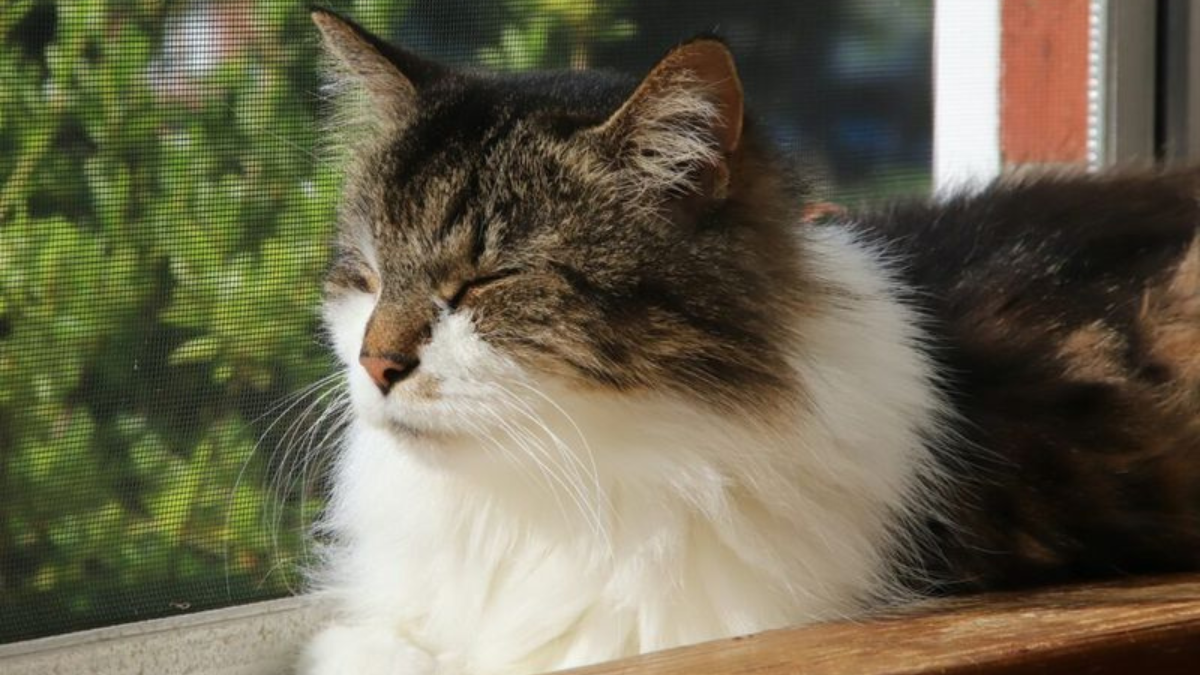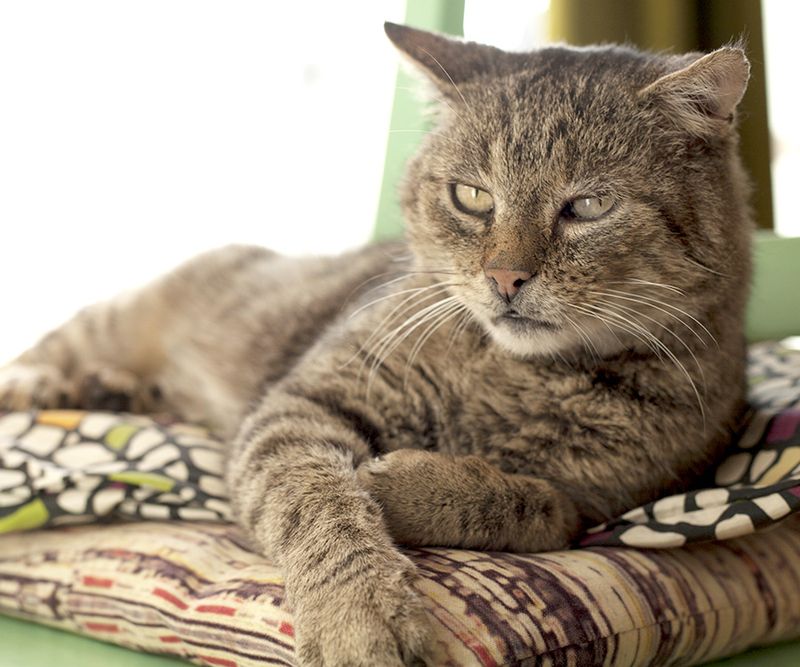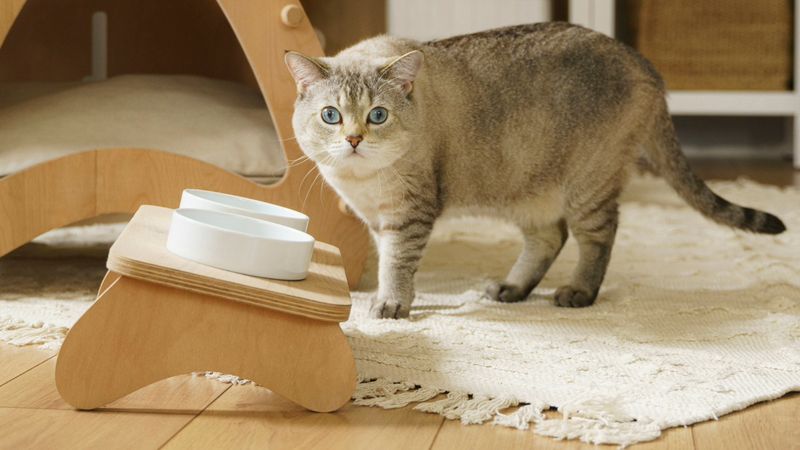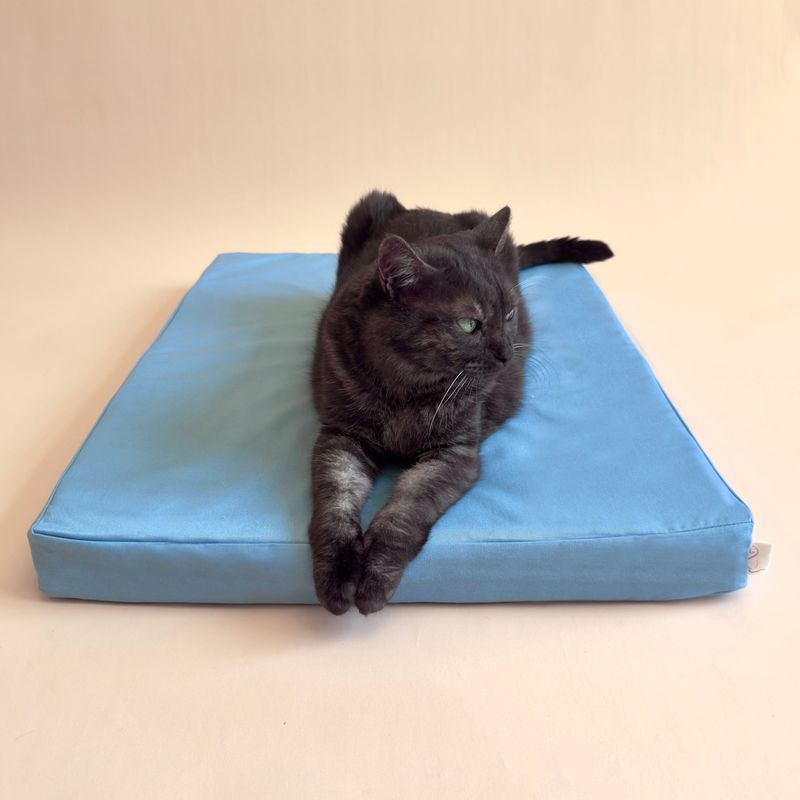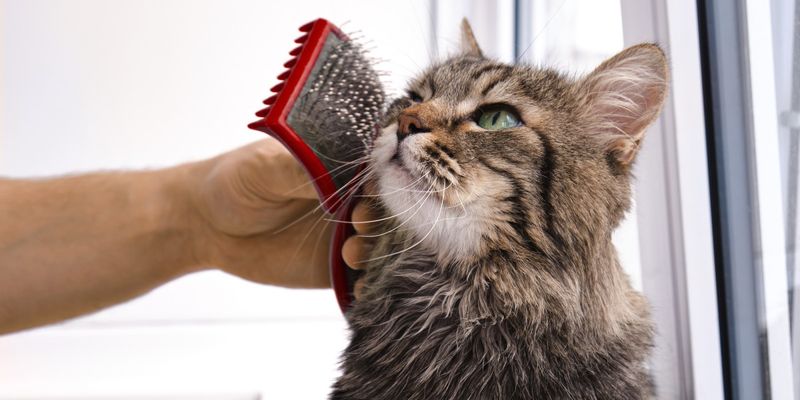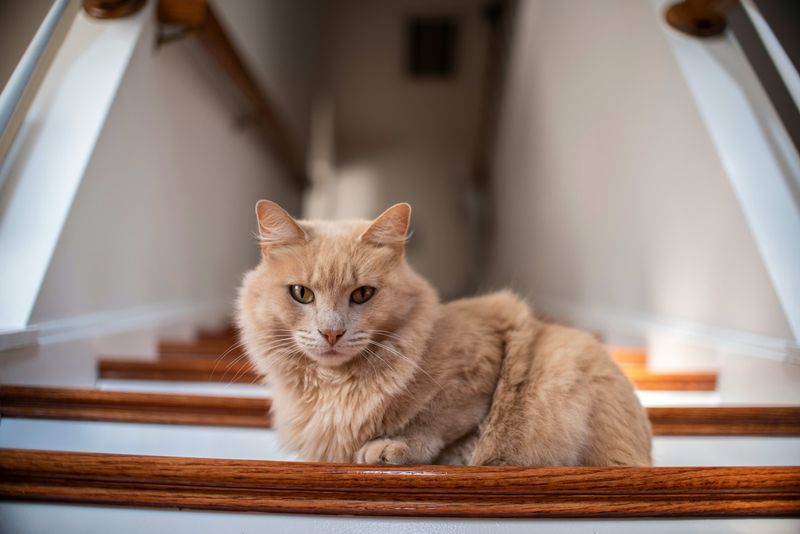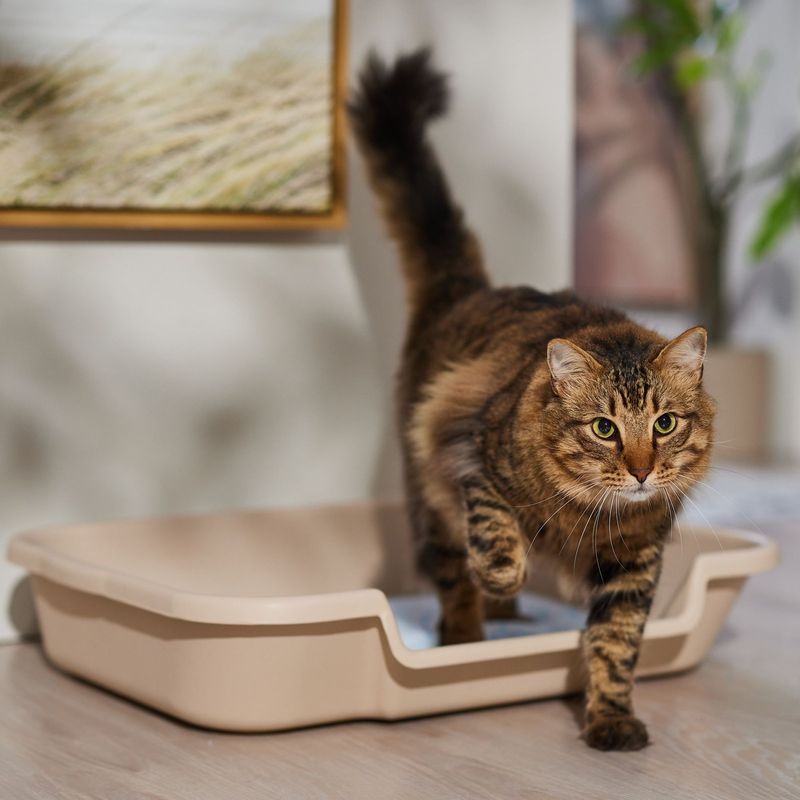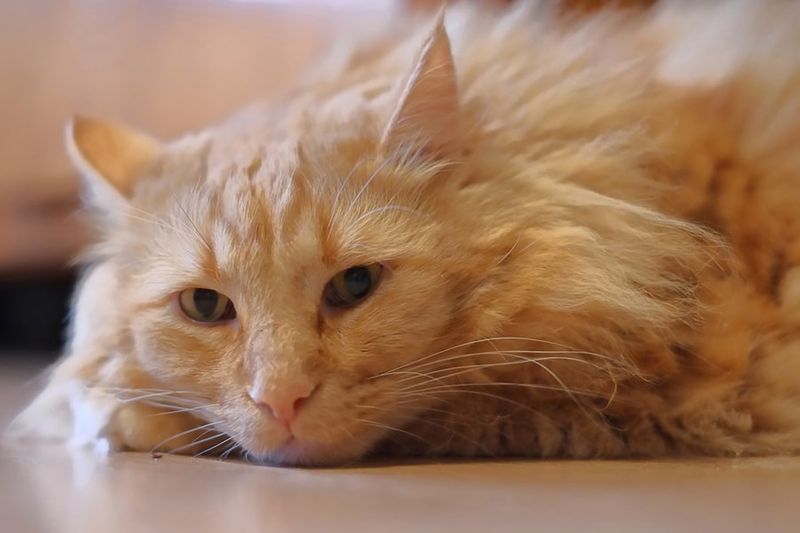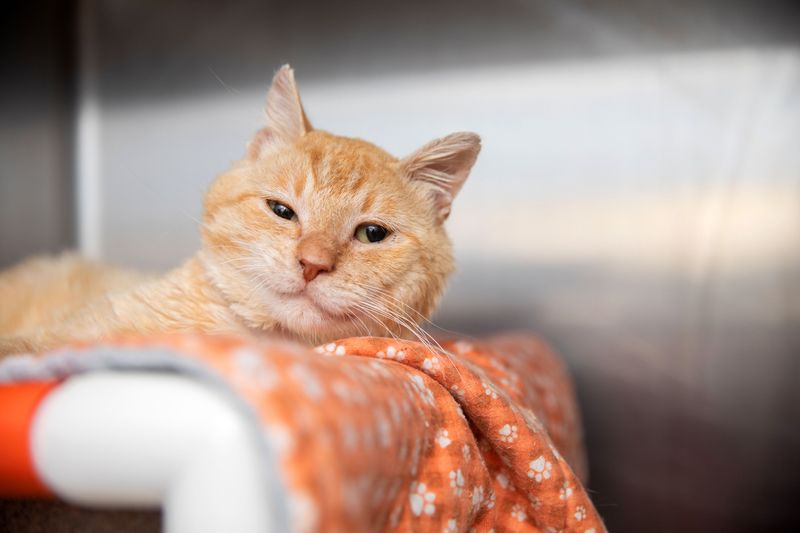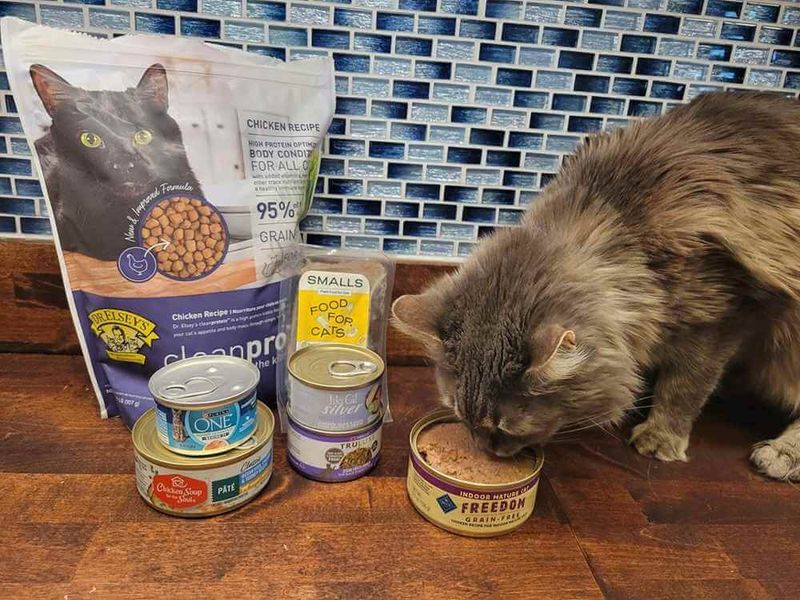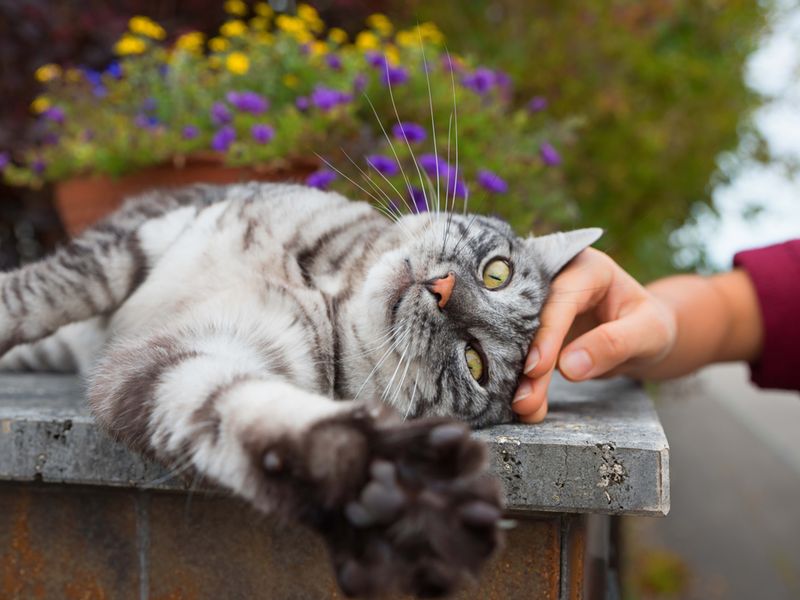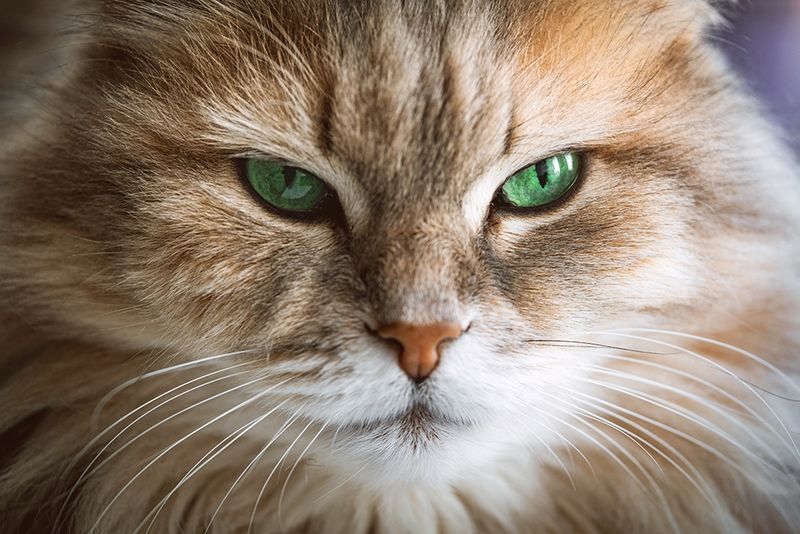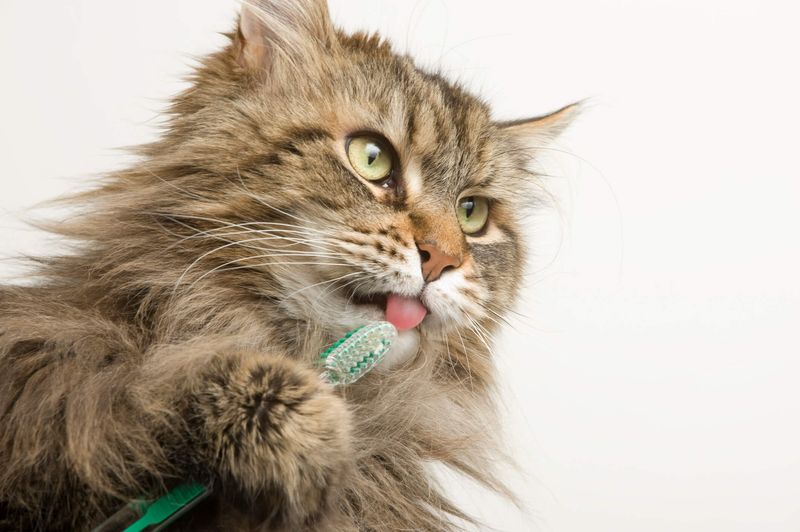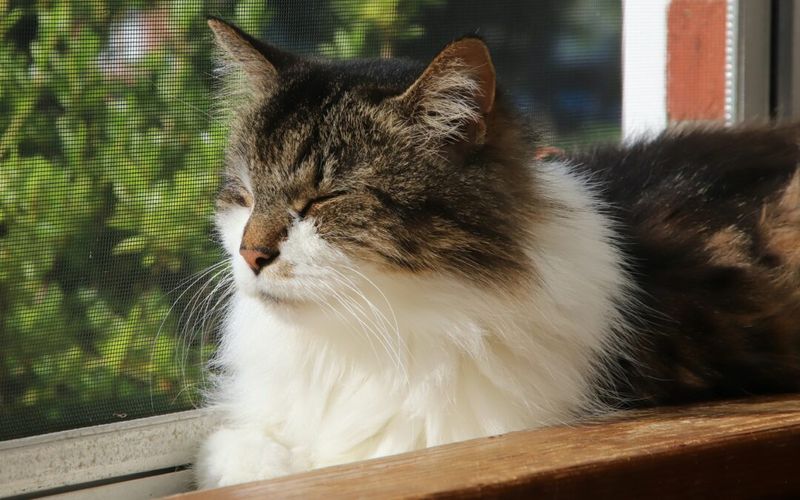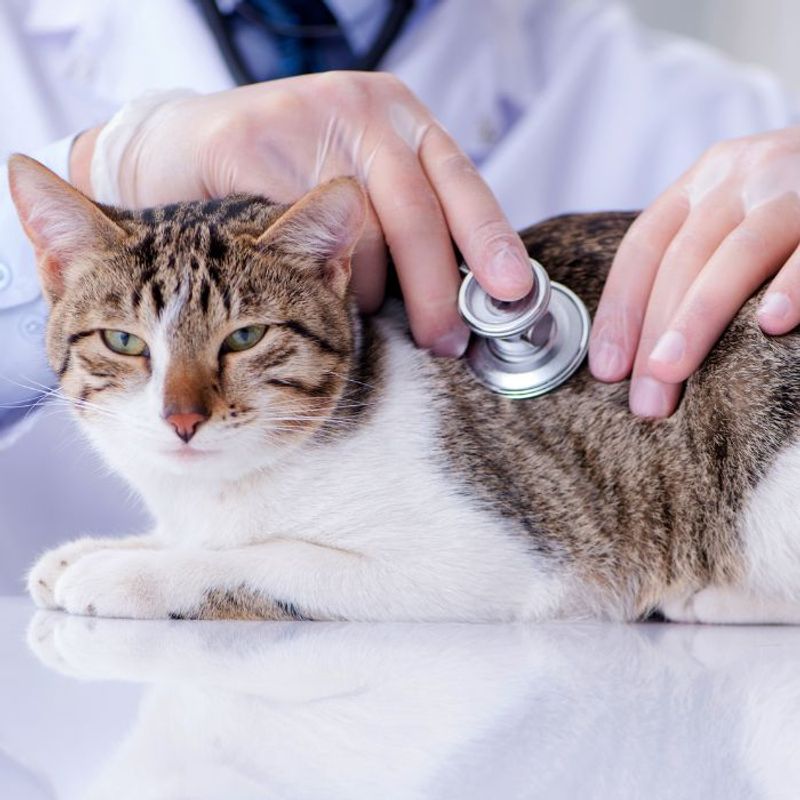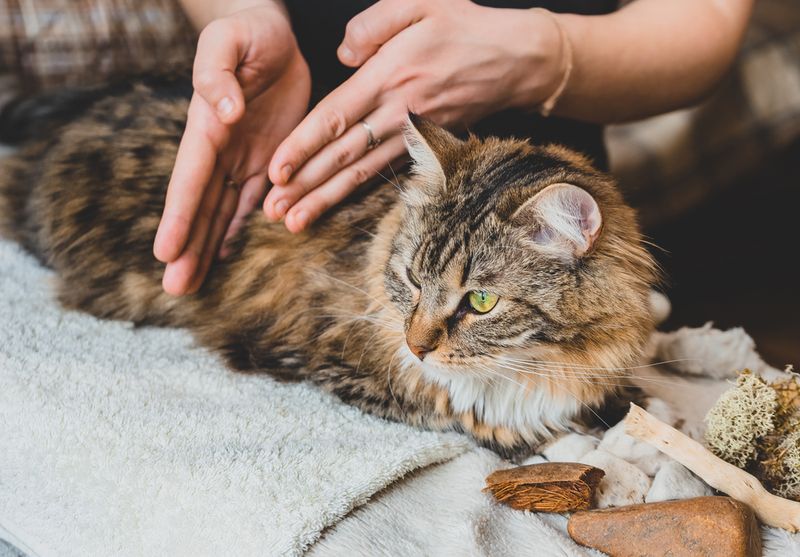📖 Table of Content:
- 1. Cozy Heating Pads Ease Achy Joints
- 2. Elevated Food Bowls Reduce Neck Strain
- 3. Memory Foam Beds Support Aging Bodies
- 4. Gentle Grooming Maintains Dignity
- 5. Ramps and Steps Prevent Jumping Pain
- 6. Multiple Litter Box Stations Reduce Travel Distance
- 7. Consistent Daily Routine Creates Security
- 8. Soft Blankets Create Cozy Hideaways
- 9. Specialized Senior Cat Food Meets Changing Nutritional Needs
- 10. Regular Gentle Play Maintains Muscle Tone
- 11. Night Lights Guide Midnight Wanderings
- 12. Brushing Teeth Prevents Painful Dental Issues
- 13. Window Perches Provide Safe Outdoor Viewing
- 14. Scheduled Vet Check-ups Catch Problems Early
- 15. Massage Therapy Relieves Muscle Tension
Aging brings a quiet shift in a cat’s behavior, energy, and physical needs. What once was effortless—jumping, climbing, even grooming—may become more challenging over time. These subtle changes call for gentler care and a deeper awareness of comfort.
Senior cats are especially prone to joint stiffness, sensory decline, and changes in appetite or digestion. Their once-playful energy may soften into longer naps and a stronger desire for peace. Small acts of support can go a long way in maintaining their well-being.
Creating a soothing environment helps ease the stress that can come with aging. Thoughtful touches like soft bedding, easy-access litter boxes, and quiet corners offer both physical relief and emotional security. With calm, consistent care, senior cats can continue to feel safe, loved, and content in their later years.
1. Cozy Heating Pads Ease Achy Joints
Older cats struggle with joint pain, especially during colder months. A pet-safe heating pad provides soothing warmth that helps reduce discomfort from arthritis and improves circulation in aging muscles.
Look for models with chew-resistant cords and automatic shut-off features for safety. Place these warm havens in your cat’s favorite resting spots, but always ensure she can easily move away if she becomes too warm.
Many senior cats will seek out these warm spots instinctively, as the heat brings natural relief to their stiff joints.
2. Elevated Food Bowls Reduce Neck Strain
Mealtime shouldn’t be uncomfortable for your aging companion. Regular floor-level dishes force senior cats to bend down, putting strain on arthritic necks and shoulders during every feeding.
Raised feeding stations allow your cat to eat in a more natural, comfortable position. The ideal height keeps your cat’s neck straight rather than angled downward. This small change makes a big difference in daily comfort.
Many elevated options come with removable bowls for easy cleaning and non-slip bases that prevent sliding during enthusiastic eating sessions.
3. Memory Foam Beds Support Aging Bodies
Regular cat beds don’t provide enough support for senior cats with aching joints. Memory foam beds conform to your cat’s body shape, relieving pressure points and providing crucial support to fragile joints and bones.
The therapeutic foam distributes weight evenly, preventing painful pressure on hips, elbows, and shoulders. Look for beds with bolstered sides that offer a sense of security while providing a headrest for your cat.
Waterproof liners are a practical addition, as older cats may occasionally have accidents. Washable covers make maintenance simple while keeping your cat’s special spot fresh and inviting.
4. Gentle Grooming Maintains Dignity
Senior cats often struggle with self-grooming as flexibility decreases. Matted fur can form quickly, causing skin irritation and discomfort. Short, gentle grooming sessions using soft brushes help maintain your cat’s coat without causing stress.
Focus on trouble spots like the lower back, base of tail, and behind the ears. These areas become difficult for older cats to reach. Pay attention to your cat’s reactions – if she seems uncomfortable, take a break and continue later.
Regular grooming also gives you a chance to check for skin issues, lumps, or other health concerns that might otherwise go unnoticed beneath your cat’s fur.
5. Ramps and Steps Prevent Jumping Pain
Watching your once-agile cat struggle to reach favorite perches is heartbreaking. Cat ramps and steps provide accessible routes to windows, beds, and sofas without painful jumping that can aggravate arthritis.
Carpeted surfaces offer secure footing, preventing slips that could lead to injury. The gradual incline of ramps is particularly helpful for cats with severe mobility issues who can no longer manage even small steps.
Strategic placement around your home enables your senior cat to safely access her favorite spots independently, preserving her confidence and quality of life while protecting her aging joints.
6. Multiple Litter Box Stations Reduce Travel Distance
Long treks to a single litter box can be challenging for cats with arthritis or decreased mobility. Placing multiple litter boxes throughout your home means your senior cat never has to journey far to reach one.
Low-sided boxes with easy entry points accommodate stiff joints that can’t easily climb over tall edges. For multi-level homes, ensure at least one box on each floor to eliminate stressful stair climbing when nature calls.
This simple adjustment prevents accidents caused by inability to reach the box in time and preserves your cat’s dignity and independence during her golden years.
7. Consistent Daily Routine Creates Security
Senior cats find tremendous comfort in predictability. Aging felines often experience cognitive changes similar to dementia, making unexpected schedule shifts confusing and stressful.
Feeding, playtime, and cuddle sessions that occur at regular times provide anchoring points throughout your cat’s day. This consistency helps your senior pet navigate her world with confidence despite physical and mental changes.
When changes are necessary, introduce them gradually. Even small disruptions can cause anxiety for elderly cats who rely on routine for security. The stability you provide through consistent daily patterns becomes increasingly important as your feline friend ages.
8. Soft Blankets Create Cozy Hideaways
Older cats lose body fat and muscle mass, making them more sensitive to cold temperatures. Plush, soft blankets provide insulation and comfort for chilly senior cats seeking warmth.
Microfiber and fleece materials are especially gentle on sensitive older skin while providing excellent heat retention. Place these soft havens in your cat’s favorite resting spots – near windows for sunbathing or in quiet corners for undisturbed naps.
Many senior cats develop a special attachment to particular blankets, kneading and purring contentedly on their soft surfaces. These simple comforts create security and warmth that aging bodies desperately need.
9. Specialized Senior Cat Food Meets Changing Nutritional Needs
Age-related changes in metabolism and digestion require dietary adjustments. Senior cat formulations contain targeted nutrition with appropriate protein levels, joint-supporting supplements, and easy-to-digest ingredients.
These specialized foods often include omega fatty acids for coat health, controlled phosphorus for kidney function, and antioxidants to support aging immune systems. Wet food varieties provide crucial hydration that older cats need, as their thirst sensation often diminishes with age.
Consult your veterinarian about the best senior-specific diet for your cat’s particular health concerns. The right nutritional support can significantly improve the quality of life and potentially extend your cat’s healthy years.
10. Regular Gentle Play Maintains Muscle Tone
Even elderly cats need physical activity to maintain muscle mass and joint flexibility. Gentle play sessions using feather wands or crinkle toys stimulate your cat mentally while providing low-impact exercise.
Keep interactions brief – three to five minutes several times daily works better than longer sessions that might overtax aging bodies. Watch for signs of fatigue and adjust accordingly.
The movement helps lubricate joints and slow muscle loss while strengthening your bond. Your senior cat may not pounce with the vigor of her youth, but the mental stimulation and gentle activity provide significant health benefits that improve her overall comfort.
11. Night Lights Guide Midnight Wanderings
Vision changes are common in aging cats, making nighttime navigation challenging. Strategic night lights in hallways, near litter boxes, and along stairs help your senior cat confidently move around after dark.
Soft, warm-toned lights provide enough illumination without being harsh or startling. Motion-activated options conserve energy while lighting up only when your cat needs guidance.
This simple addition reduces anxiety and prevents injuries from bumping into furniture or missing steps. Many older cats become more active at night, making these gentle lighting solutions particularly important for their comfort and safety during nocturnal explorations.
12. Brushing Teeth Prevents Painful Dental Issues
Dental disease affects most senior cats, causing pain that impacts eating habits and overall comfort. Regular tooth brushing with cat-specific toothpaste helps maintain oral health and prevents painful conditions.
Start slowly with a finger brush and poultry-flavored toothpaste designed specifically for felines. Even brief sessions a few times weekly can significantly reduce plaque buildup and gum inflammation.
Combine with dental treats and regular veterinary cleanings for comprehensive care. Healthy teeth and gums allow your senior cat to eat comfortably and avoid the systemic health problems that often accompany dental disease.
13. Window Perches Provide Safe Outdoor Viewing
Outdoor adventures become risky for senior cats, but their desire to watch the world remains strong. Secure window perches satisfy this natural curiosity while keeping your aging cat safely indoors.
Hammock-style options with strong suction cups or brackets provide stable platforms for bird watching and sunbathing. The warmth from sunny windows soothes arthritic joints while the outdoor views provide crucial mental stimulation.
Look for models with soft, washable covers and sturdy construction that supports aging bodies comfortably. This simple addition gives your senior cat safe access to environmental enrichment that improves her quality of life.
14. Scheduled Vet Check-ups Catch Problems Early
As cats grow older, age-related health problems tend to emerge more frequently, requiring closer veterinary monitoring. Scheduling wellness exams every six months helps catch conditions like kidney disease, arthritis, and hyperthyroidism early. Early detection leads to more effective and manageable care.
Regular blood work identifies internal changes before obvious symptoms appear. This proactive approach means treatment can begin earlier, often leading to better outcomes and improved comfort.
Maintain a health journal noting changes in behavior, appetite, water consumption, and litter box habits between visits. These observations provide valuable information to your veterinarian and help track subtle changes that might indicate developing problems.
15. Massage Therapy Relieves Muscle Tension
Gentle massage helps senior cats with decreased mobility and muscle stiffness. Light, circular motions around major muscle groups improve circulation and provide relief from the discomfort of aging joints.
Start with short sessions of just a few minutes, focusing on areas your cat enjoys being touched. Watch for purring and relaxed body language that indicates your touch is welcome and beneficial.
Areas around the shoulders, base of the neck, and hips often hold tension in older cats. Regular massage sessions strengthen your bond while providing physical benefits that help your senior cat move more comfortably throughout her day.
